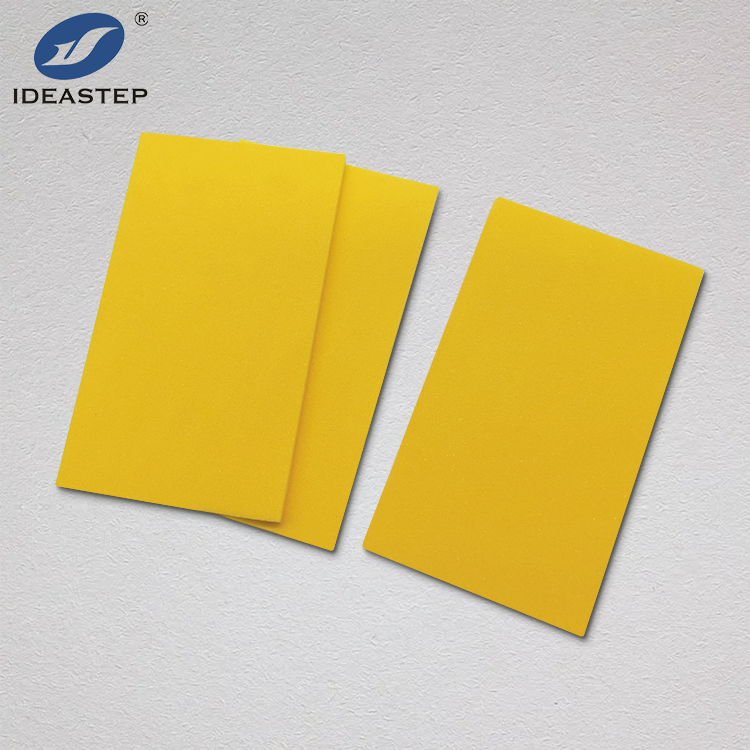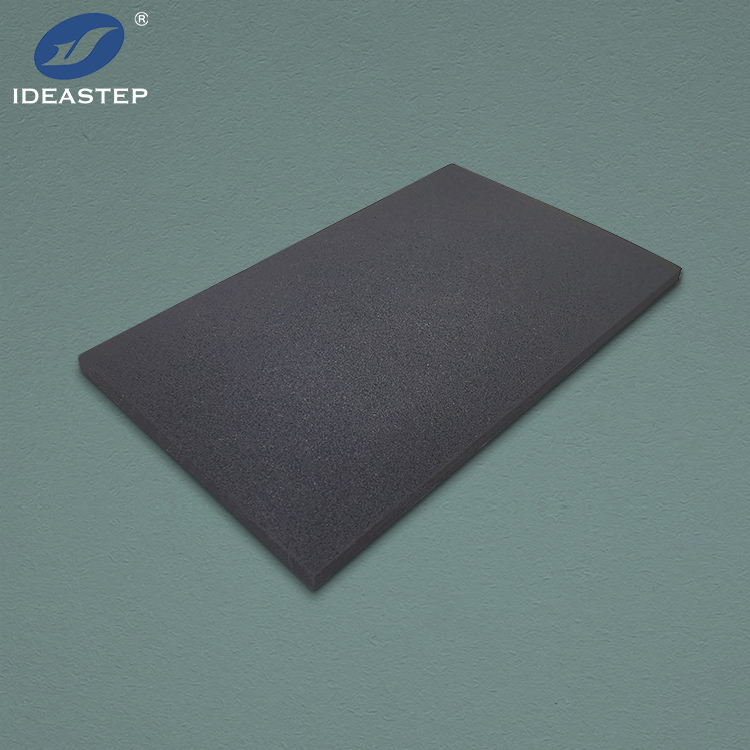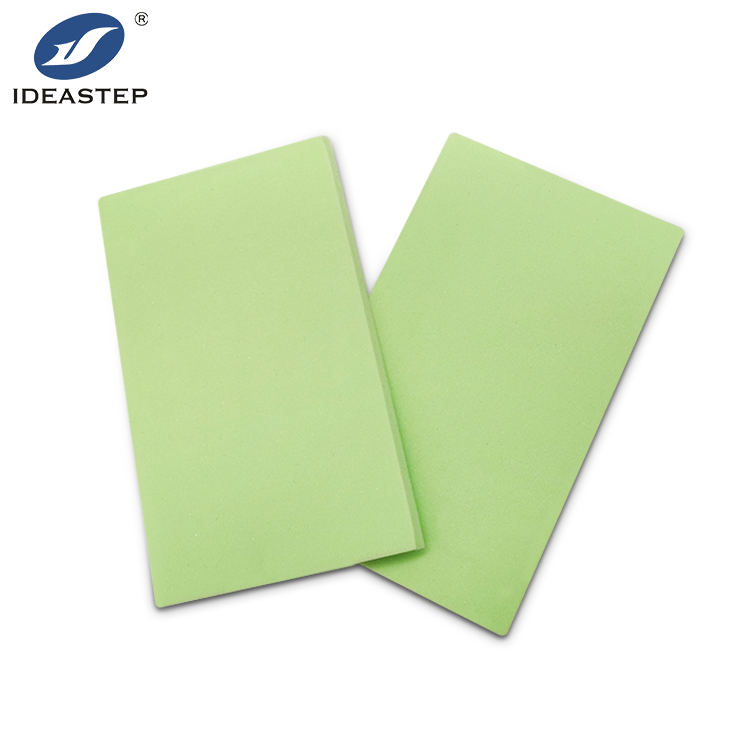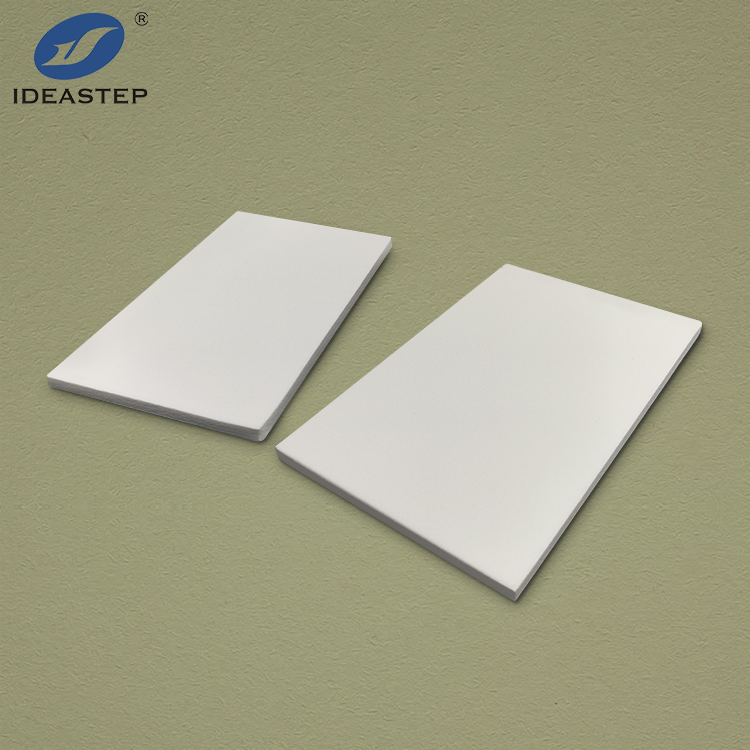Understanding the various types of EVA sheets and their best uses is essential for selecting the right material for your project. This guide explores different EVA sheet types and their ideal applications, providing insights into their properties and benefits.
Overview of EVA Sheets
EVA (Ethylene Vinyl Acetate) sheets are versatile materials used across various industries due to their lightweight, flexible, and durable nature. These sheets come in different types, each suited for specific applications. Knowing the characteristics of each type helps in choosing the right EVA sheet for your needs.

Types of EVA Sheets
EVA sheets can be classified based on their density, thickness, and intended use. Here are some common types:
1. Low-Density EVA Sheets
Low-density EVA sheets are characterized by their soft and flexible nature. They are typically used in applications where cushioning and shock absorption are important. These sheets are often employed in:
- Footwear: Ideal for insoles and midsoles due to their cushioning properties.
- Protective Gear: Used in padding for sports equipment and safety gear to absorb impact.
- Crafts and DIY Projects: Suitable for creating custom shapes and designs due to their malleability.

2. High-Density EVA Sheets
High-density EVA sheets offer greater rigidity and durability compared to their low-density counterparts. These sheets are used in applications requiring more structural support and resistance to wear and tear. Common uses include:
- Industrial Applications: Used in machinery and equipment padding where durability is crucial.
- Sports Equipment: Provides sturdy protection in items like shin guards and helmet liners.
- Packaging: Used as protective cushioning in packaging materials to prevent damage during shipping.
3. Closed-Cell EVA Sheets
Closed-cell EVA sheets feature a cellular structure that prevents water absorption and improves resistance to environmental factors. These sheets are ideal for:
- Marine Applications: Used in boat cushions and insulation due to their water-resistant properties.
- Outdoor Gear: Suitable for camping mats and outdoor equipment where moisture resistance is needed.
- Thermal Insulation: Effective in insulating applications due to their closed-cell structure, which helps in maintaining temperature.

4. Open-Cell EVA Sheets
Open-cell EVA sheets have a porous structure, making them more flexible and breathable but less resistant to moisture compared to closed-cell variants. These sheets are often used in:
- Medical and Orthopedic Devices: Ideal for creating custom-fit orthotic insoles and cushioning for medical applications.
- Interior Design: Used in acoustic panels and decorative elements due to their sound-absorbing properties.
- Comfort Products: Commonly used in cushions and padding where breathability and softness are required.
Choosing the Right EVA Sheet for Your Project
Selecting the appropriate EVA sheet involves considering several factors based on your specific needs:
1. Purpose and Application
Determine the primary use of the EVA sheet. For cushioning and comfort, low-density or open-cell EVA might be preferable. For durability and structural support, high-density or closed-cell EVA would be more suitable.
2. Environmental Conditions
Consider the environmental conditions the EVA sheet will be exposed to. Closed-cell EVA is ideal for applications exposed to moisture or harsh environmental conditions, while open-cell EVA is better suited for indoor and controlled environments.
3. Flexibility and Rigidity
Assess the required flexibility or rigidity for your application. Low-density EVA provides greater flexibility, whereas high-density EVA offers more rigidity. Choose based on the desired physical properties of your end product.

Applications in Various Industries
EVA sheets are utilized in a wide range of industries due to their diverse properties:
1. Footwear Industry
In the footwear industry, EVA sheets are used for insoles, midsoles, and outer soles. Their cushioning and lightweight properties enhance comfort and performance in various types of footwear, from athletic shoes to casual wear.
2. Automotive Industry
EVA sheets are employed in the automotive industry for padding and insulation. They provide noise reduction, thermal insulation, and impact absorption in vehicle interiors, improving overall comfort and safety.
3. Construction and Manufacturing
In construction and manufacturing, EVA sheets are used for thermal insulation, soundproofing, and protective padding. Their versatility allows them to be integrated into various construction materials and manufacturing processes.

Conclusion
Understanding the different types of EVA sheets and their best uses allows you to make informed decisions when selecting materials for your projects. Whether you need cushioning, durability, or environmental resistance, there is an EVA sheet type tailored to meet your requirements. By choosing the right EVA sheet, you can enhance the functionality and performance of your products across various applications.
FAQ
1. What is the difference between low-density and high-density EVA sheets?
Low-density EVA sheets are softer and more flexible, ideal for cushioning and shock absorption, while high-density EVA sheets are more rigid and durable, suitable for applications requiring structural support.
2. What are the advantages of closed-cell EVA sheets?
Closed-cell EVA sheets are water-resistant and provide better protection against environmental factors, making them ideal for marine applications, outdoor gear, and thermal insulation.
3. Can open-cell EVA sheets be used outdoors?
Open-cell EVA sheets are less suitable for outdoor use due to their higher moisture absorption. They are better suited for indoor applications where breathability and flexibility are more important.
